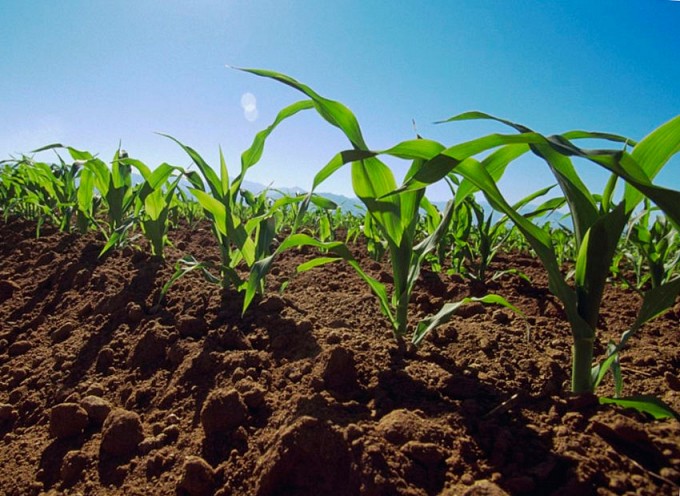
In 2024, the area under forage crops exceeded 3.4 million hectares, which is 314 thousand hectares more than in 2023. However, the government sets the regions the task of improving the quality of feed and raising the level of farming in the regions. In particular, it is planned to increase the area of irrigated land for fodder crops, the press service of the Prime Minister of the Republic of Kazakhstan reported.
In 2023, the Ministry of Agriculture of the Republic of Kazakhstan updated the Roadmap for the development of feed production until 2025. The goal is to double the volume of gross agricultural output by expanding the area under fodder crops to 3.6 million hectares by 2028.
“74% of the areas sown with forage crops are perennial grasses, 26% are annual crops, the spring sowing of which ensures the preparation of haylage and silage for livestock needs. In the regions, it is necessary to intensify efforts to renew grasses, improve hayfields and pastures, which is why hay and fodder, that is, simple feeds, still predominate in feed. At the same time, in almost all regions, as part of the Big Project, the construction of dairy farms is underway, for which haylage, corn, and silage need to be harvested,” Vice Minister of Agriculture Amangaliy Berdalin said at a meeting in the government.
Currently, the provision of haylage in the republic is 45%, and silage feed does not exceed 72%. In 2024, it is planned to produce 25.5 million tons of hay, 1.6 million tons of haylage, 4.6 million tons of straw, 5.7 million tons of concentrated feed and 2 million tons of silage.
“We have enough land, but it is not being developed rationally. It is necessary to set specific goals for feed production for the regions. It is necessary to supplement the Roadmap with plans for fodder crops for 2-3 years for each region,” instructed Deputy Prime Minister Serik Zhumangarin.
Regional akimats were also instructed to diversify agriculture with an emphasis on expanding the area of irrigated land for fodder crops, developing seed production, and increasing the productivity of pasture lands used.